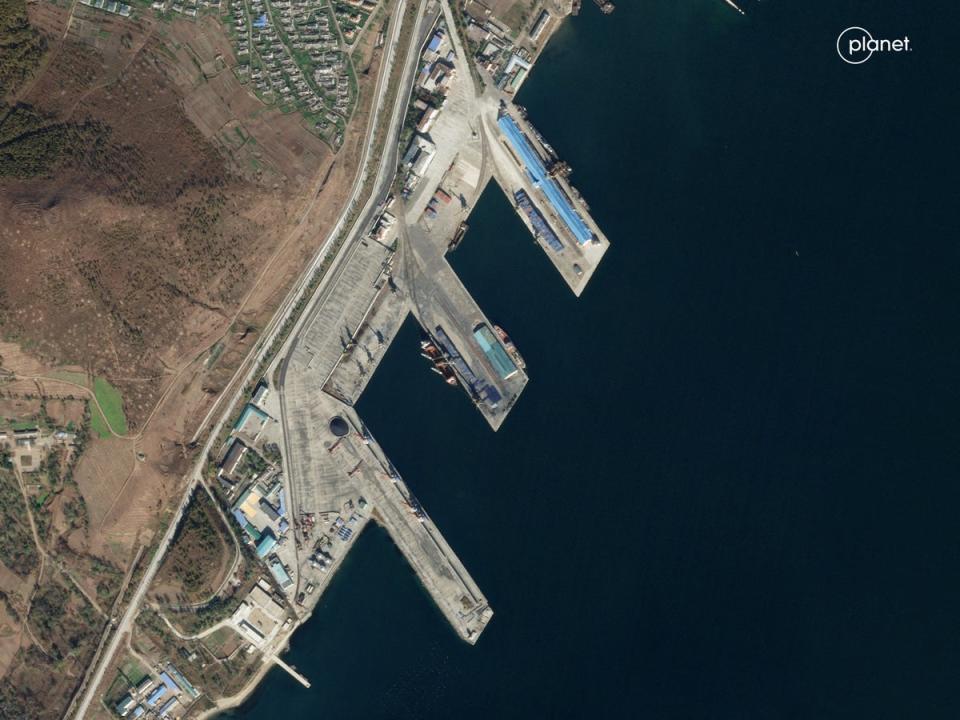North Korea’s first spy satellite ‘alive’ and working, space expert says
North Korea’s inaugural spy satellite is definitely “alive” and conducting space manoeuvres, a space expert has said, with Pyongyang successfully controlling the spacecraft.
North Korea managed to successfully put the Malligyong-1 satellite into orbit on 21 November after two failed attempts.
Experts at that time questioned whether the launch will achieve North Korean leader Kim Jong-un’s objectives of enhancing his nuclear-armed country’s ability to conduct pre-emptive strikes and monitor the US, South Korean, and Japanese troops.
The country’s state media, however, claimed it photographed sensitive military and political sites in South Korea, the US and elsewhere, but has not released any imagery yet. Independent radio trackers have not detected signals from the satellite.
Marco Langbroek, a satellite expert at Delft University of Technology in the Netherlands, said “we can definitely say the satellite is alive”.
From 19 February to 24 February, the satellite conducted a number of successive perigee, the point at which the satellite is closest to the Earth’s surface, he wrote. It went up from 488km to 497km, the Dutch scientist said, citing data from the US-led Combined Space Operations Center.
“The manoeuvre proves that Malligyong-1 is not dead, and that North-Korea has control over the satellite – something that was disputed,” Mr Langbroek said.

Although the capabilities of the satellite remain unknown, he agreed, adding that “it at least performs orbital manoeuvres, so in that sense it is functional”.
The US and its allies launched a new wave of sanctions against North Korea in December over its launch of the controversial satellite.
The fresh bout of sanctions came amid heightened tensions on the Korean peninsular over the satellite launch, which contravened UN Security Council resolutions due to its use of ballistic missile technology.
Since the launch, North Korea has withdrawn from a historic 2018 defence pact aimed at reducing the risk of a military clash at its border with the South.
The orbit-raising manoeuvre was a surprise as the presence of an onboard propulsion system was unexpected and previous North Korean satellites never manoeuvred, he said.
“Having the capacity to raise the satellite’s orbit is a big deal,” Mr Langbroek said.
“It means that North Korea, as long as there is fuel left in the satellite, can prolong the satellite’s orbital lifetime, by raising its orbit when it gets too low due to natural orbital decay: thus delaying reentry into the atmosphere.”
The successfull launch of the satellite after several failed attempts comes just months after Russian president Vladimir Putin pledged to help Pyongyang in its space programme during his meeting with Mr Kim in a rare September summit.
South Korean officials also noted that the latest launch attempt likely incorporated technical assistance from Russia as part of a growing partnership in exchange for military equipment, a claim denied by both North Korea and Russia.


